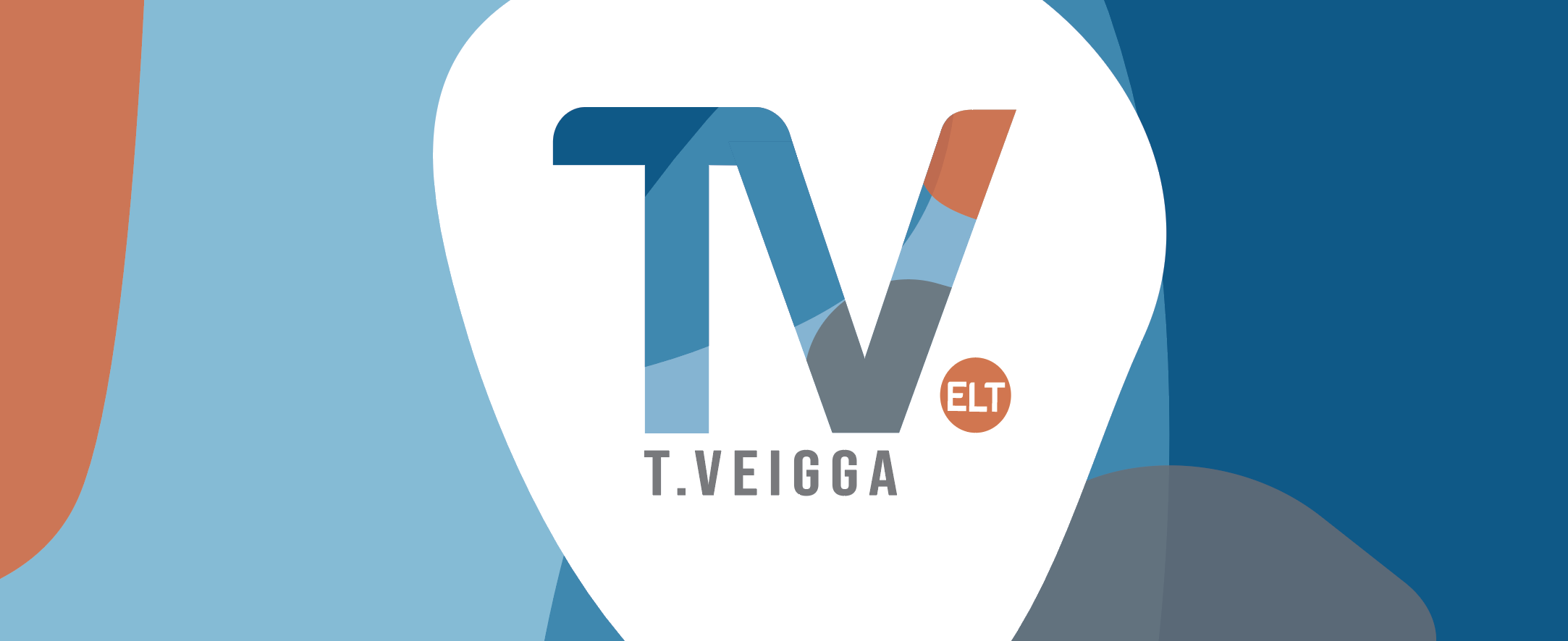Last June the world met the woman formerly know as Bruce Jenner. A star was born in a white bustier corset.
Caitlyn Jenner
Vanity Fair
Later on, the docu-series I am Cait premiered on E! at the end of July. Journalists and commentators say that we have reached a tipping point due to the recent rise in transgender awareness. While this may be true to some extent in the States, Brazil, the country that I live in, accounts for 51% of trans and gender diverse murders in Central and South America, with 689 reported killings since 2008. It is believed that this number is in fact much higher than official figures show.
After the Diane Sawyer interview Jenner was back to the spotlight. As I watched her interview, I wondered the pain she must have endured all those years. We all have, at some point in our lives, felt uncomfortable with our bodies. Maybe it was our skin, hair or even those love handles that no matter how hard you work out at the gym, never seem to go away. However, hair can be cut, for extra fat there is exercise and if you’re too skinny, dieting can help with that too. For extreme cases of discomfort, there is plastic surgery. How do you cope with looking in the mirror and feeling that the way you look does not match the way you see yourself? On top of that, because it is not just about looks, you feel are not the gender people say you are. Even though I can’t relate to Caitlyn completely because I don’t have problems with the gender that was assigned to me at birth, I can relate, to some extent, to the struggle. And as they say, the struggle is real.
You may be wondering in what ways this is related to English language teaching.
I remember being an English learner and the homework was a composition about marriage. That was it, the word ‘marriage’ at the top of the page and lines to write about, well, marriage. Not very communicative, I know. I decided that I would write about gay marriage and why I thought it should be allowed in Brazil. Needless to say it was illegal back in the day. I felt frustrated when I received my text back with nothing but language feedback. Partly because I’d decided to write about gay marriage because I wanted to provoke, but I also wanted to talk to an adult (in that case, my teacher) about that topic. My experience as a learner helped shape me into the teacher I am today. I often ask myself what I can provide my students with that I wish I’d had when I was a student.
It was natural that Jenner would become a topic in my lessons. She’s a celebrity on the cover of Vanity Fair, a trailblazer for trans issues and the talk of the town. On one of these occasions, at the end of a lesson a student said she was happy we had talked about Caitlyn and that it was something she’d never had the opportunity to talk about in a class. It got me thinking about what we usually talk about in an English class: vacations, health, occupations…
Rinvolucri (1999) talks about an EFLese sub-culture that dictates EFL coursebook content. According to him, EFL topic choices avoid the ‘shadow side of life’, ignore feelings such as rage, jealousy and greed, cater to the riches and middle classes of the Metropolitan World and avoid ideological statements. It is a comfortable world with no room for controversy.
Thornbury (1999) calls attention to the fact that gays and lesbians are invisible in coursebooks. Not much has changed in the past 16 years. I remember an LGBT flag in one of the Framework series I used 10 years ago, don’t know if they’ve kept it in the new editions. I can’t think of the word gay in any of the coursebooks I currently use. While I imagine (and hope) gay issues pop up in ELT materials here and there, I suspect finding a coursebook that deliberately tackles transgender issues would be rather difficult, not to say impossible.
Many may think that our job is to teach language and we shouldn’t be concerned with controversial topics in our classrooms. It is important to highlight that language does not happen in a vacuum outside context. If we use trivial topics such as fashion, entertainment and vacations and somehow manage to engage students, imagine what can be achieved with current issues that arouse interest.
The EFL/ESL classroom is composed of individuals from different backgrounds and identities. It is an objective of language education to develop the learner’s sense of identity in response to the experience of otherness (Council of Europe, 2001). Therefore, we should provide learners with opportunities to broaden their horizons with diversified experiences of otherness.
Although students’ identities sometimes remain hidden (a transgender student who hasn’t transitioned or come out yet, for instance), they play a major role in the learning process. In EFL/ESL classes, students are often asked to share a great deal of personal information in order to make tasks more meaningful. As Menard-Warnick (2005:262) points out, ‘Language learners can only be successful to the extent that it is congruent with the learners’ sense of their gender roles, societal positions, class backgrounds, and ethnic histories.’ How can learning take place if the environment is not accepting enough to even acknowledge the fact that, for some people, there is a mismatch between the gender they were assigned and the gender they feel they are?
If mainstream ELT materials make no reference to transgender people, what can we do, as teachers? We show people exist, that’s the first step. Fortunately there are some transgender spokespeople out there, such as the previously mentioned Cailtyn Jenner, Chaz Bono, Jazz Jennings, Laverne Cox and many others.
The big question is: how can I do that? I don’t feel there is a simple answer. There are many factors that should be taken into consideration. Dealing with sensitive topics is definitely not as easy as showing photos of mountains and beaches and asking students which their preferred location is. While we cannot always foresee areas of conflict, we must come prepared. You can only show what you are comfortable with. It is imperative that we educate ourselves first so we can educate others.
We should be careful not to create situations that would make students pass judgment. Discussing trans issues in class should not be about questioning and debating people’s life choices, but creating a move loving, accepting and safer environment.
I would love to know your take on this. Have you ever dealt with this topic in class? If not, how do you think you could start? Let me know in the comments.
References:
Council of Europe. (2001). Common European framework of reference for the teaching of languages. Cambridge: Cambridge University Press.
Menard-Warwick, J. (2005). Both a fiction and an existential fact: theorizing identity in second language acquisition and literacy studies. Linguistics and Education, 16, 253–274.
Rinvolucri, M. (1999). The UK, EFLese sub-culture and dialect. Folio. Vol. 5/2 : 12-14
Thornbury, S. (1999). Window-dressing vc. Cross-dressing in the EFL sub-culture. Folio Vol. 5/2: 15-17.


